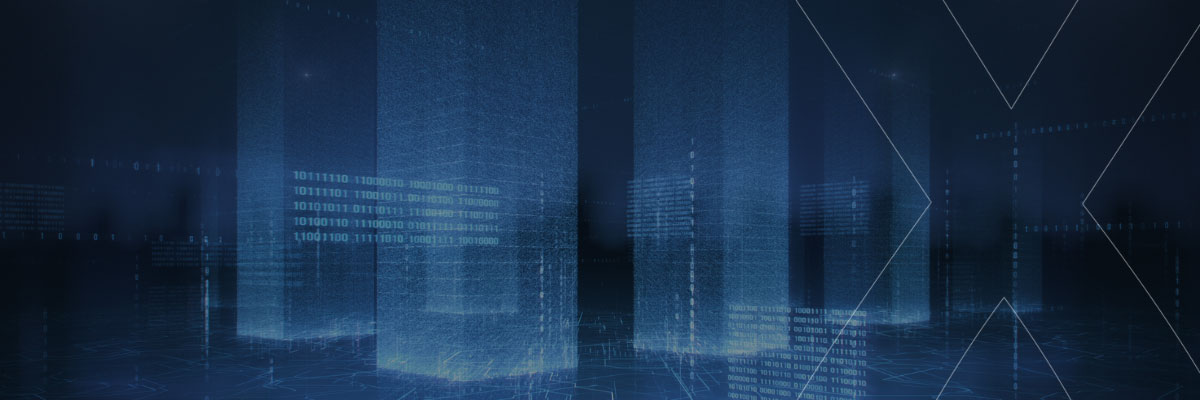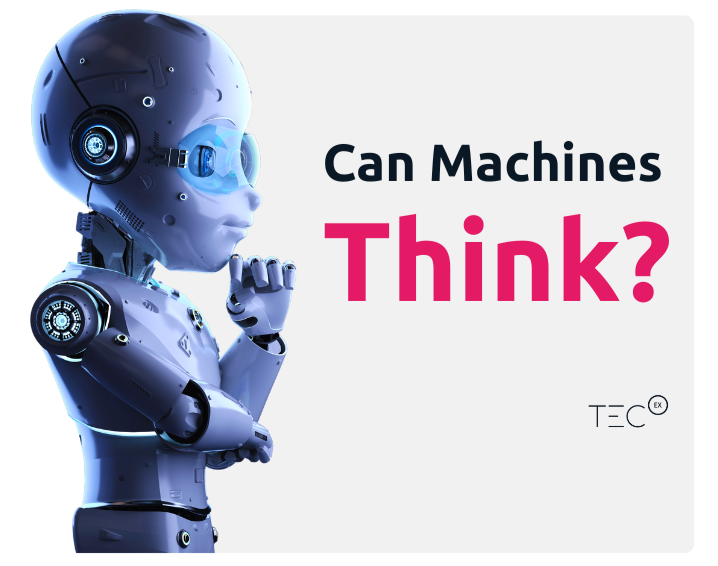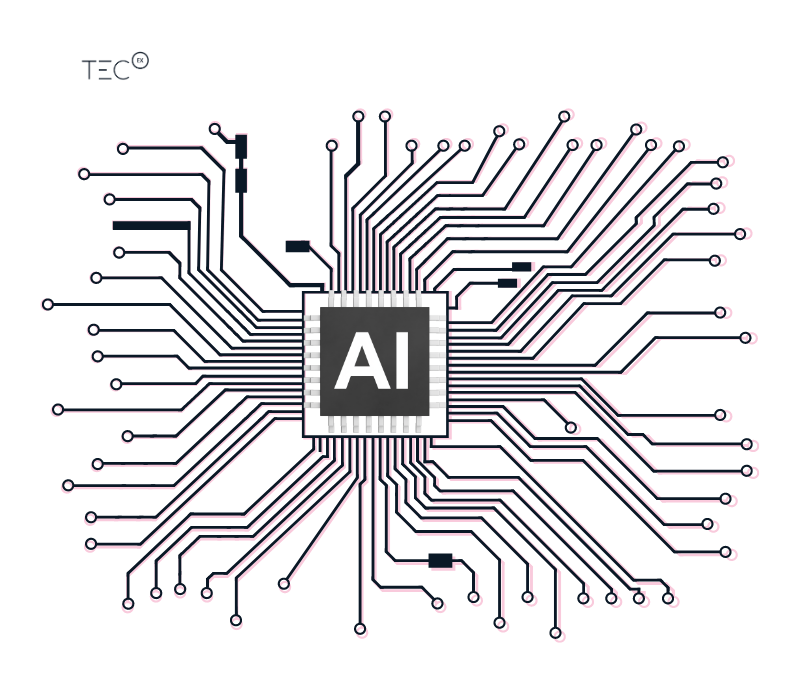The recent hype of artificial intelligence (AI) makes it feel like we are living in some futuristic sci-fi movie where robots outthink and ultimately overpower humans. Headlines run amuck with frightening theories of how AI will eventually take over the world. This type of rhetoric is all just clickbait.
What we should really be concerned about is the regulations surrounding AI. How these policies will govern the tech and its data and how they will impact the development of AI models are crucial questions yet to be addressed.
There has always been fear over the use of AI. Still, the release of the generative model ChatGPT brought it straight into everyday life, making it possible for everyone to explore the possibilities of this technology.
AI applications are endless and set to have varying and potentially profound impacts on our lives. As it stands, regulations for AI are in their infancy. However, a balance needs to be struck between ensuring public safety and allowing this tech to grow.
This whitepaper looks at AI’s impacts on data storage and access, global trade, and, above all, regulation.

The Workings Behind Artificial Intelligence
The discussion around AI started with mathematician, Alan Turing, posing the question, “Can machines think?” Years later, the term, artificial intelligence, was coined to describe the science and engineering of making intelligent machines.
In simple terms, AI works by processing large amounts of data through algorithms to find patterns or regularities. It includes major subfields such as machine learning, neural networks, and deep learning.

AI can revolutionize all aspects of our lives, from supply chain management and optimizing manufacturing lines to improving service. However, the future of AI is still uncertain. As the technology’s impact and influence continue to grow globally, it is critical to consider its compliance implications and how it will be governed. This boils down to where the data is housed, how and what data is collected, and how AI is globally regulated.
Free Flowing Data
For AI to perform robustly, it needs access to data—a lot of data. Using algorithms, this technology looks for structure and regularities in large datasets to learn progressively. Data is, therefore, an asset. This then lends itself to a competitive advantage—those with access to the best (read: most) data will be able to make the most accurate inferences.
The free movement of data can benefit the global economy. Any data localization regulations hinder the ability of AI models to predict and infer. Smaller countries may inherently have fewer datasets, which then impacts how the models can develop and grow and the overall accuracy of the models. This is particularly important to sectors like healthcare for the ability of domestic AI to be relevant for the citizens of that smaller nation. But can we trust other countries with ‘free access’ to our data?
As the availability of digital infrastructure increases and the benefits of these technologies become more apparent, the world will become more digitalized.
More and more personal information is being used and stored digitally. This means that governments must weigh up the risks and opportunities of digital transformation protecting their citizens’ online rights and privacy while not allowing barriers to trade or inhibiting technological innovation.
Data Privacy Policies
Brazil has The Lei Geral de Proteção de Dados (LGPD)
Canada has proposed The Digital Charter Implementation Act (DCIA)
Japan has The Act on the Protection of Personal Information (APPI)
New Zealand has The Privacy Act 2020
South Korea has The Personal Information Protection Act (PIPA)
Many countries have policies dedicated to protecting their citizens’ digital privacy. Most of these laws were modeled on the European Union‘s General Data Protection Regulation (GDPR). The primary aim of the GDPR is to allow EU citizens and residents to control the use of their personal data. The GDPR applies to all organizations that process the personal data of individuals located in the EU, regardless of the organization’s location.
This means that even organizations that are located outside of the EU must comply with the GDPR if they process the personal data of EU citizens. As such, this policy expressly prohibits the transfer of personal data to countries that do not have ‘adequate’ privacy standards.

The GDPR sets out a number of rights for individuals, including the right to:
- Be informed about how their personal data is being processed.
- Access their personal data.
- Request that their personal data be corrected or deleted.
- Object to the processing of their personal data.
- Port their personal data to another organization.
Some state that there should be no inherent trade-off between AI development and trust, as privacy rules should be robust enough to protect users but also allow for flexibility in use and access. Overall, the GDPR provides a strong foundation for protecting the personal data of individuals in the context of AI. Policies need to balance the need for cross-border data sharing with meeting public policy objectives concerning privacy and security. Governments have a massive role to play in ensuring that their citizens understand the benefits of free-flowing data and that their rights can be met at the same time.
The EU AI Act
Recently passed, the EU AI Act will govern the development and use of artificial intelligence in the European Union. This is groundbreaking as it is the first law on AI by a major regulator. Similar to the GDPR, the EU AI Act may become the global standard. The Act does have loopholes and exceptions – as with most acts – to ensure that the Act’s shortcomings will not affect us negatively.
For example, while facial recognition by the police is banned, this tech will be used to find missing children.
Impact of AI on Economic Growth and International Trade
This is where novel policies and trade agreements can either stifle or open access for AI algorithms to access cross-border data. Some trade agreements have already reflected this in their treaties. Within the Comprehensive and Progressive Agreement for Trans-Pacific Partnership (CPTPP), each signatory has retained the ability to maintain and amend data flow regulations but has done so in a way that does not create any barriers to trade.
AI can streamline supply chains and open new markets. The e-commerce sector saw this driver, particularly since the pandemic. The use of AI has enabled e-commerce businesses to enter markets where previous barriers to entry existed. An example of this is small businesses that use the eBay platform to export goods to foreign markets. An AI-developed translation service enabled eBay companies to expand into Spanish-speaking Latin America, opening a brand-new market.
On a larger scale, AI models can be created to predict the economies of countries before any trade agreements are signed. That way, you can predict whether that country will be a viable economic partner. This is something that Brazil has already implemented in a program known as the Intelligent Tech & Trade Initiative.
It is possible that there will be import regulations imposed on the hardware used for AI in the future. As it stands, IT hardware is already highly regulated, and the movement of these goods is controlled. The dual-use nature of tech and the intersection with AI is concerning. For example, there is a possibility that AI could be used to create autonomous weapons systems or spread disinformation. In order to prevent these types of uses, governments may impose regulations on the import of AI hardware. And on the flip side, governments and organizations want to protect their intellectual property. AI technology is often developed using patented software and hardware. As such, restrictions may be imposed on this tech to protect IP.
Due to the intensive requirements of AI models for both storage and processing capabilities, hardware used for AI processes will require additional resources. This will increase the need for cross-border hardware movement. As with data center geodiversity, the closer the tech is to the consumer of the AI product, the better. So, where is this data being stored?
Data(centers)
As AI becomes more widespread, data centers will need to adapt to meet the growing demand for computing power. As AI is data-intensive, it requires large amounts of storage and processing power. This puts a strain on data centers, some of which are already struggling to keep up with the growing demand. Some older data centers also do not possess the enormity of computing power or cooling power needed by the tech to run AI models. As more businesses embrace AI systems, officials predict increased spending on new gear as well as increased spending on leasing colocation space. Most of the demand appears to be coming from hyperscalers and upstart companies.

In order to remain competitive, many data centers are integrating AI into their own infrastructure and operations. AI can automate many tasks, such as maintenance and optimization, freeing up (human) staff to focus on more strategic initiatives. AI can be used for fast failure detection so that preventive maintenance can be performed, thereby reducing downtime and maximizing data center efficiency. AI models can even assist with compliance regulations. This can be done by monitoring data usage and other activities to ensure that they are in compliance with the law.
The use of AI in data center operations is still in its early stages, but it has the potential to revolutionize how data centers are designed, built, and operated.
A Conclusion by a Generative AI-model
*This conclusion was prompted by a GenAI-language model.
“In conclusion, artificial intelligence (AI) is having a profound impact on global trade and data centers. As AI-powered technologies become more sophisticated, they will require more data to train and operate. This will drive the demand for data centers, which will need to be located in regions with abundant and affordable power and cooling.
Of course, there are some who worry that AI will eventually lead to a robot uprising and the end of the human race. However, I believe that AI is more likely to be our greatest ally than our enemy. With careful planning and foresight, we can use AI to improve our lives in countless ways.
The future of AI is bright, but it is important to remember that we are still in the early stages of development. We need to be responsible stewards of this technology, and we need to make sure that it is used for good.
In the meantime, I suggest we all start learning how to code.
Just in case.”
Sources
https://www.statista.com/statistics/1183457/iot-connected-devices-worldwide/
https://iot.electronicsforu.com/content/tech-trends/data-management-systems-iot-devices

